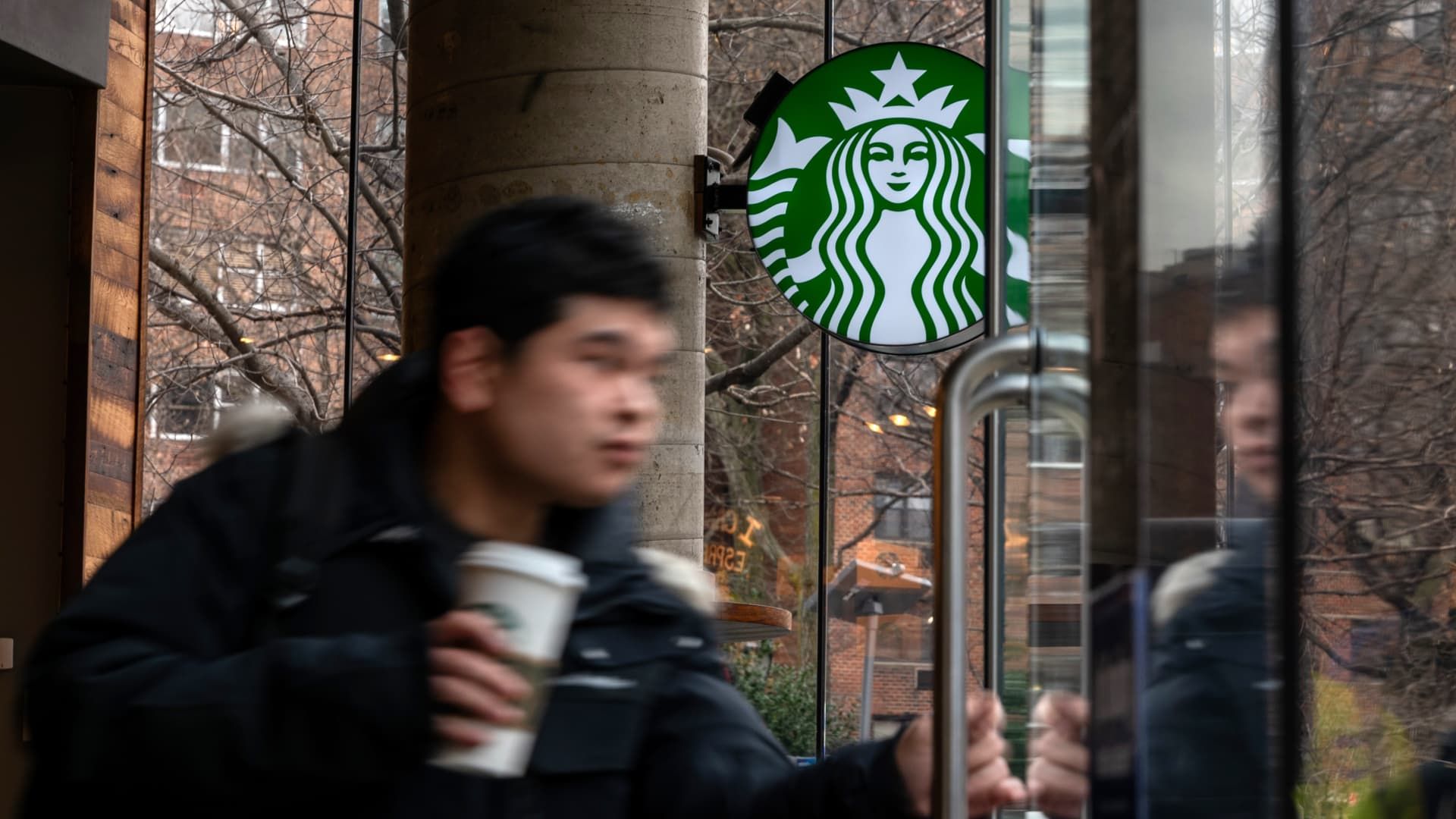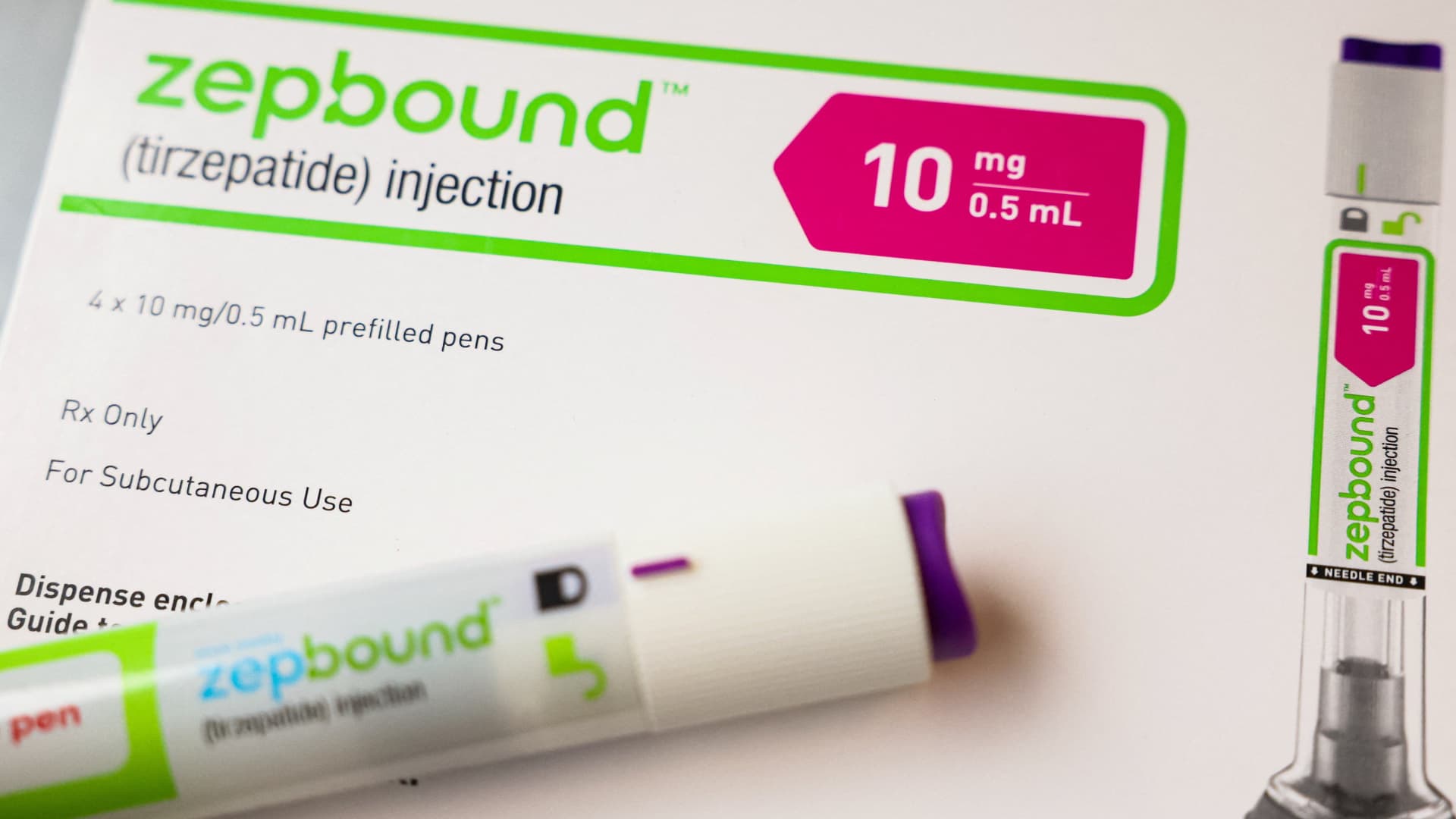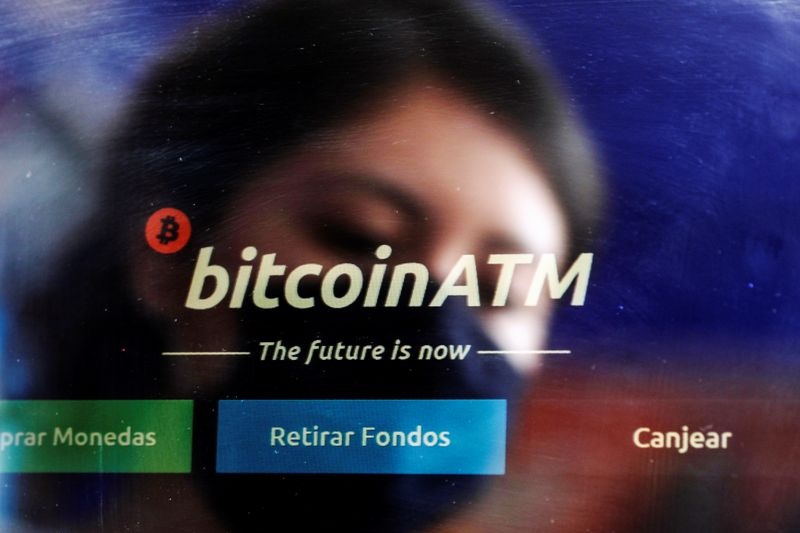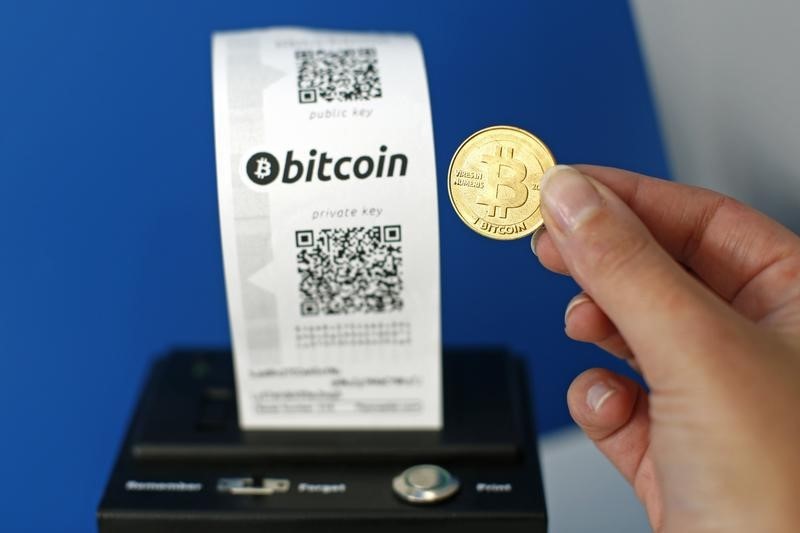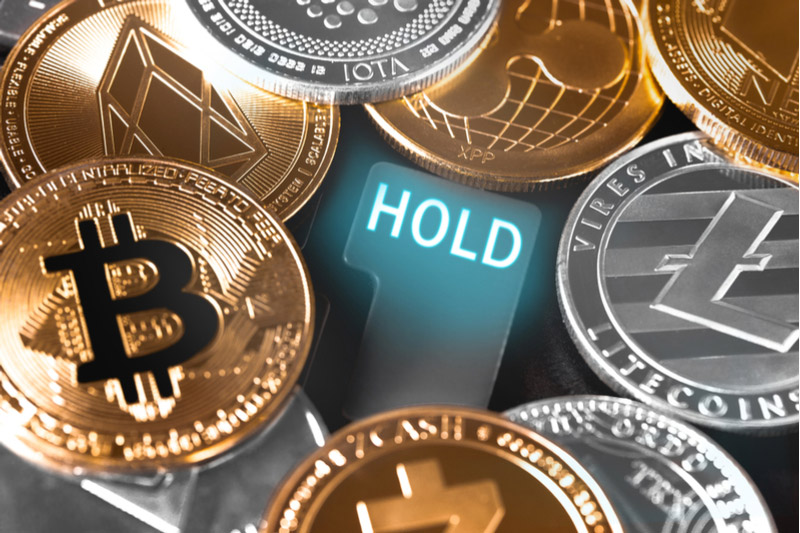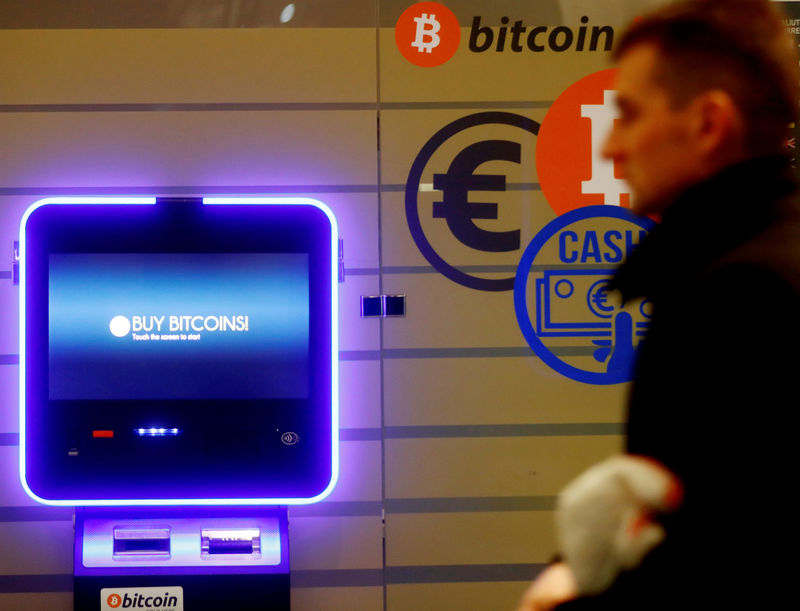People walk past a Sweetgreen restaurant in Manhattan on September 14, 2023.
Jeenah Luna | The Washington Post | fake images
With higher prices and persistently high interest rates, chipotle Burrito bowls and European vacations are still on the table for many consumers. But Big Macs and kitchen remodels are not.
The most recent round of quarterly earnings reports helped classify companies largely into two camps: McDonald's, starbucks and House deposit were among consumer-focused companies that surprised investors with weaker-than-expected results, saying customers had reduced spending. Others, like sweet green and Delta Airlinesbroke the trend and reported growth.
Food to go? Consumers have become more selective about how and where they spend their money.
“Consumers continue to be even more demanding with every dollar they spend as they face high prices on their everyday spending,” McDonald's CEO Chris Kempczinski said on the company's conference call in late April.
Signs for restaurants such as Applebee's, McDonald's, Pizza Hut and Burger King are seen along U.S. Route 11 in Bloomsburg, Pennsylvania.
Pablo Tejedor | SOPA Images | fake images
For more than two years, consumers have faced sharp price increases. This year, most companies expect their pricing strategies to return to pre-pandemic approaches, thanks to stabilizing commodity prices. But that doesn't mean the actual prices you see on grocery store shelves or restaurant menus are going to go down, and shoppers are feeling that pressure.
The consumer price index rose 3.4% in the past 12 months through April, according to Labor Department data. On Tuesday, a day before the monthly CPI report, Federal Reserve Chair Jerome Powell reiterated that inflation is falling more slowly than expected, which likely means the central bank will not cut interest rates in the future. short term.
To make matters worse, many consumers have exhausted the savings they built up during the pandemic while collecting stimulus checks instead of traveling. Instead, many pay their daily bills with credit cards as they face higher costs for gasoline, rent and groceries. The average consumer owes $6,218 on their credit cards, an 8.5% year-over-year increase, according to a TransUnion quarterly report released last week.
Cautious consumers
Aurelia Concepción, 57, a case manager in New York, said she plans only essential trips this year, limiting herself to visiting relatives in Georgia and Ohio.
“Everything is too expensive…taxis, rent.” Concepción says she avoids restaurants: “It's too expensive. I prefer to prepare my own food.”
Concepción is not the only consumer who is changing his spending habits. Executives have long warned of a more cautious spending environment. But it's finally starting to show up in some companies' quarterly results.
KFC, Pizza Hut and starbucks were among restaurant companies that reported a decline in same-store sales in the most recent quarter. Home Depot's revenue was weaker than expected because potential customers are putting off renewals until interest rates fall, executives said. AND Apple iPhone sales fell 10% in the technology company's latest quarter, suggesting that consumers were not upgrading to the latest version of the smartphone in the patterns they did in the past.
Customers shop at a Home Depot store on November 14, 2023 in Miami, Florida.
Joe Raedle | fake images
“Some of the things that have seen the biggest price increases in recent years are things that people face every day: the cost of eating out, the cost of groceries, and the costs of fuel, gasoline, and rents, “said Columbia Business School economics professor Brett House. “Regardless of whether inflation is slowing among those goods, even with lower inflation, prices are still very high and people are getting a daily reminder of that.”
big box giant Walmart said last Thursday that shoppers are prioritizing purchasing food and health-related items over general merchandise, such as household items and electronics. The retailer has reported that trend for several quarters. Chief Financial Officer John David Rainey told CNBC that Walmart's grocery business has received a boost due to the growing gap between restaurant prices and the cost of cooking at home.
Low-income consumers are struggling more than other demographic groups. They were not able to save as much during the pandemic and evidence suggests they have exhausted those savings, according to House. On top of that, rental prices have skyrocketed and low-income consumers are more likely to rent than own.
PepsiCo, for its part, drew particular attention to a weaker low-income consumer. The owner of Gatorade saw the volume of its North American beverage business fall 5% in the quarter.
“The low-income consumer in the United States is on the edge… [and] “is making a lot of strategies to make their budgets reach the end of the month,” CEO Ramón Laguarta told analysts on the company's April conference call.
Pepsi is leaning into promotions and discounts to lure back the low-income shopper. Other companies also hope the deals will attract more customers. McDonald's, king of the low-priced fast food segment, plans to start offering a $5 meal on June 25.
What setback?
While some CEOs have said consumers are becoming more cautious, others (such as those in the airline industry) have welcomed persistent strong spending.
“Consumers continue to prioritize travel as a discretionary investment in themselves,” Ed Bastian, chief executive of Delta Air Lines, the most profitable U.S. airline, said in an interview in April.
Delta and its rival United Last month, each forecast earnings above analysts' estimates for the second quarter. Both airlines offer expanding global networks and have benefited from a rebound in international travel in the wake of the pandemic, particularly to Europe and popular destinations in Asia for American travelers such as Japan. Both airlines have forecast record summer travel demand.
Those airline trends align with a broader consumer shift that began after the pandemic shutdowns: spending more money on experiences than on clothing or electronics.
“We are still spending disproportionately on activities and services rather than goods,” House said.
A Delta Airlines Boeing 737-932 (ER) is seen at Owen Roberts International Airport (GCM) in George Town, Cayman Islands, February 14, 2024.
Daniel Delgado | AFP | fake images
Delta and United are also taking advantage of travelers who have been willing to pay for more expensive seats, such as first class or premium economy. U.S. airlines have been racing to add more expensive seats to their planes and expand lounges for higher spenders. Inflation has not hurt high-income consumers as much as it has hurt budget-conscious consumers, giving them more room to spend.
Higher-income consumers have also driven fast-casual restaurant chains, such as Chipotle, that are priced slightly higher than cheaper options. The burrito chain's same-store sales grew 7% during the first quarter, driven by a 5.4% increase in foot traffic. Chipotle has a strong perception of value among diners, CEO Brian Niccol said on the company's conference call. Executives have also previously emphasized that most of their clients come from higher income groups.
Even Walmart has been attracting consumers with deeper pockets. As customers pay more for food, the discounter has attracted wealthier customers and stolen market share from rivals such as Aim, which has historically been more popular with wealthier buyers. The company also credited its remodeled stores and expanded merchandise on its website for attracting households with annual incomes of more than $100,000.
Target is scheduled to report its quarterly results on Wednesday.
Exceptions to the rule
However, not all companies with higher-income customer bases have experienced the same strong demand. Corporate mistakes can also lead to disappointing sales, even if your buyers aren't necessarily cutting back on spending.
For example, athleisure brand lululemon U.S. sales lagged in its most recent quarter, which CEO Calvin McDonald attributed in part to a shortage of key product sizes and a lack of enough colorful items.
Then there's Starbucks, which has always positioned itself as a premium coffee brand. The coffee giant announced a surprise drop in its comparable sales in the United States and lowered its full-year forecast, sending its shares tumbling. While CEO Laxman Narasimhan gave a long list of factors explaining the weak quarter, including a more value-conscious consumer, Bank of America analyst Sara Senatore wrote in a research note that a boycott of Social media could still be the main culprit.
A customer leaves a Starbucks store in Manhattan, New York City.
Spencer Platt | fake images
And Peloton's latest report was the latest in a series of disappointing results for the company. Earlier this month, the pandemic darling fired its CEO and announced plans to lay off 15% of its staff as fewer consumers bought its expensive equipment or much cheaper fitness subscriptions in its latest fiscal quarter.
“With the economic outlook for consumers unlikely to improve for the rest of this year, Peloton's trajectory on the product front is unlikely to change course… But worryingly, app subscriptions are also under pressure, most likely because consumers are reviewing their spending more carefully as they suffer from subscription fatigue,” GlobalData CEO Neil Saunders said in emailed comments.
-CNBC melisyesa repko and Gabrielle Fonrouge contributed reporting to this story.

